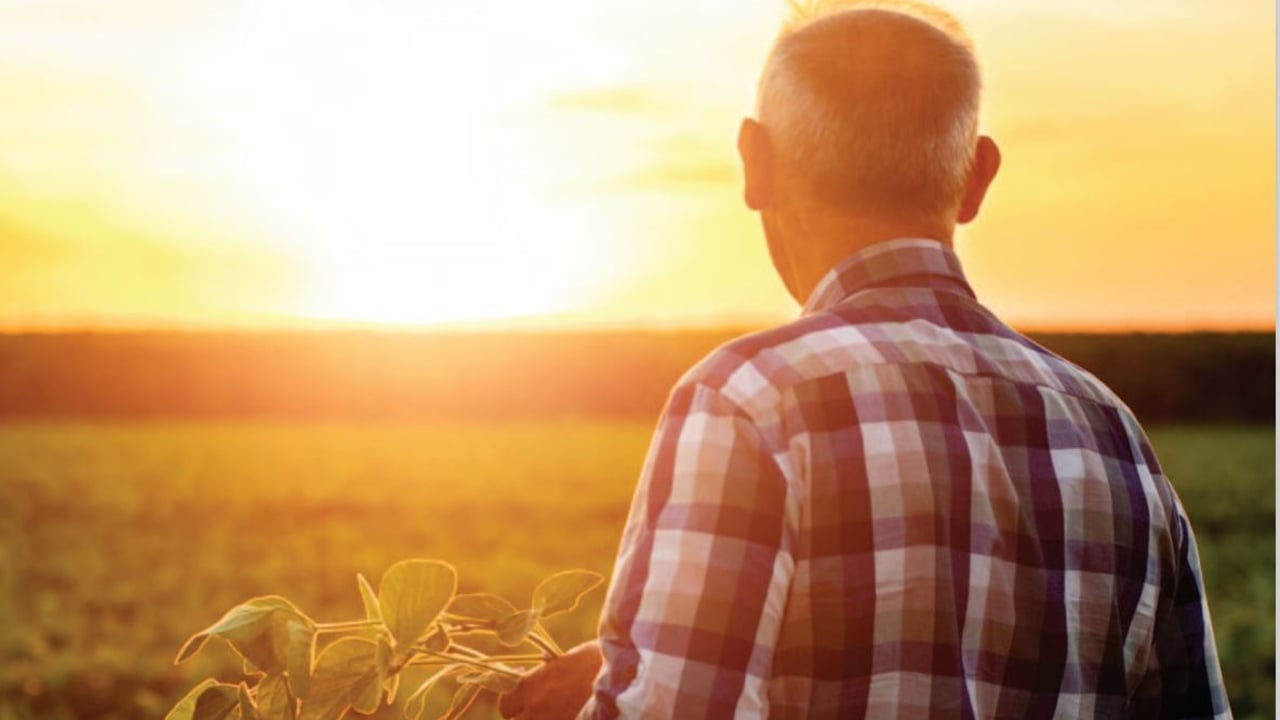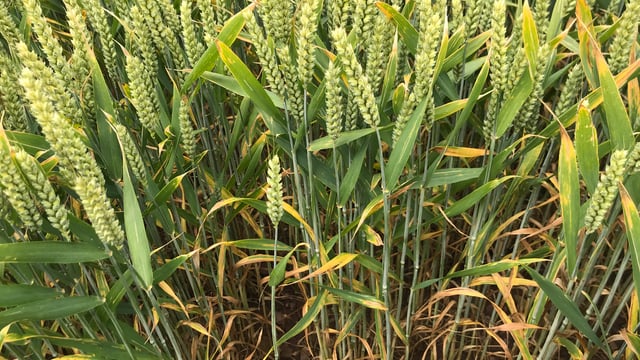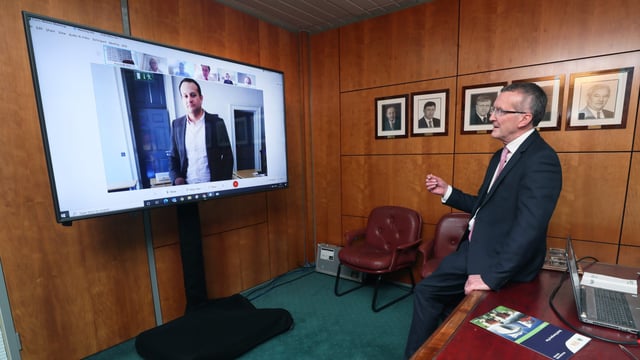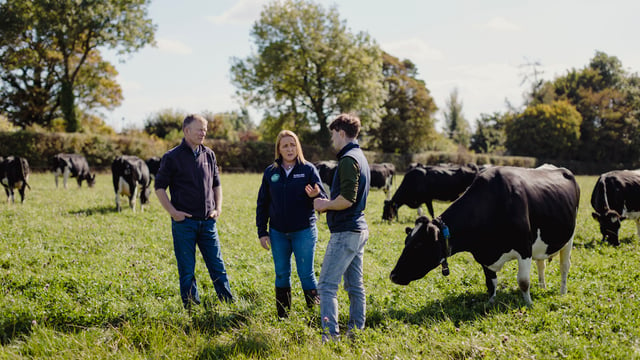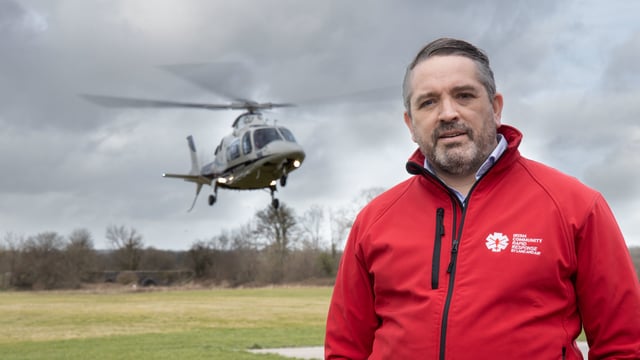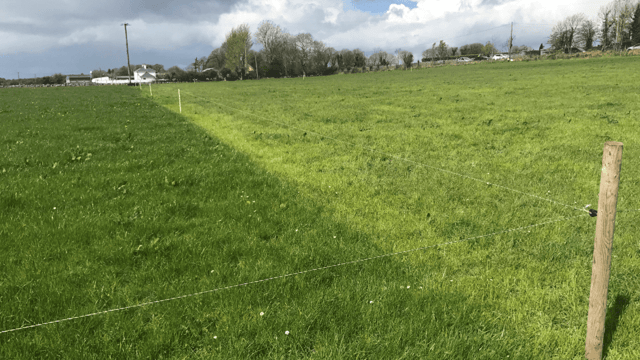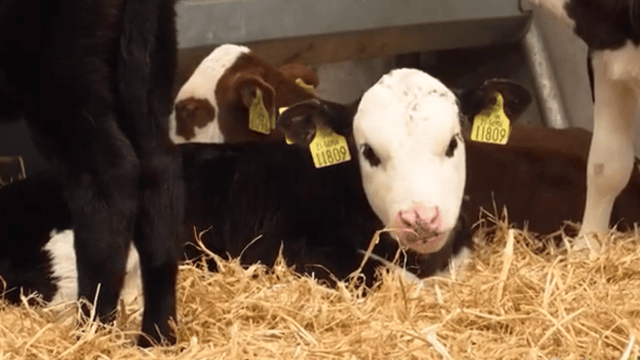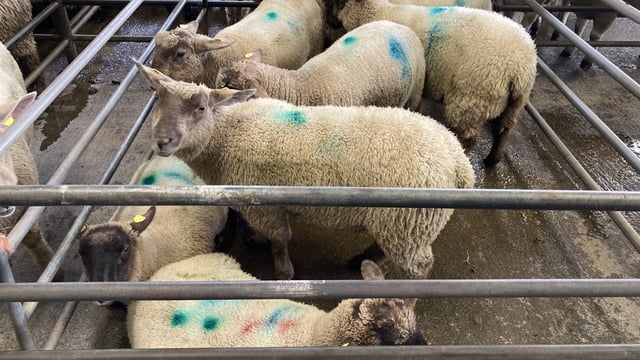Farmers 'have a number of misunderstandings of UV sunlight risks'
Irish farmers have a three times higher cancer mortality than blue/white collar workers with UV sunlight skin cancer being a significant cause of this heightened death rate.
According to Dr. Triona McCarthy, consultant in public health medicine, farmers "appear to have a number of misunderstandings of the dangers of UV sunlight risks and protective measures".
Dr. McCarthy said that farmers are "particularly vulnerable to this cancer risk due to the length of time they work outdoors and their self-employed work status where controls and social supports are less readily applicable".
Working outdoors
CSO figures from 2018 suggest that almost one in four of skin cancer deaths in Ireland are to farming, outdoor and construction workers.
This information indicates that one death every week in Ireland is at least partly due to sun exposure at work.
“As with many cancers, malignant melanoma skin cancer develops when cells are damaged and grow uncontrollably," Dr. McCarthy explained.
"If you work outdoors, you are exposed to two to three times more UV than someone who works indoors so you have a higher risk of developing skin cancer."
"Exposure to UV damage is irreversible, permanent and cumulative with each exposure."
Measures to reduce sun cancer risk
When the UV index is three and above, skin needs to be protected, even if it is cloudy. UV is strongest between April and September, and between 11:00am and 3:00pm. The UV index can be viewed on the Met Éireann website.
Dr. McCarthy said that there is a lot that can be done to reduce sun cancer risk:
“Review your UV exposure – how long are you outside for during the day and how many days of the week?
"To help protect your skin, additionally use broad spectrum water-resistant sun protection factor (SPF) of at least 30+ and apply every two hours."
Dr. McCarthy emphasises that checking your skin regularly for changes is important to prevent development of skin cancer.
“Contact your GP if you notice a lump or discoloured patch on the skin. Look out for new growth or a sore that does not heal in a few weeks, a spot or sore that itches, hurts, crusts, scabs or bleeds, constant skin ulcers with no other explanation for their cause and new or changing moles.
“A key message we need to get across to farmers and outdoor workers is that UV sunlight is dangerous, but adopting protective measures leads to long-term risk reduction."
Public webinar on UV sunlight risks
Teagasc will be holding a public webinar on this topic on Wednesday, April 21, from 11:30am to 1:00pm. All farmers and members of the public are invited to attend.
Speakers at the webinar will include:
The webinar will be chaired by Dr. John McNamara, Teagasc health and safety specialist.
Speaking in advance of the webinar, he said: “Teagasc research indicates that farmers give health issues, including risks from UV sunlight, lower priority than other health and safety issues.”

